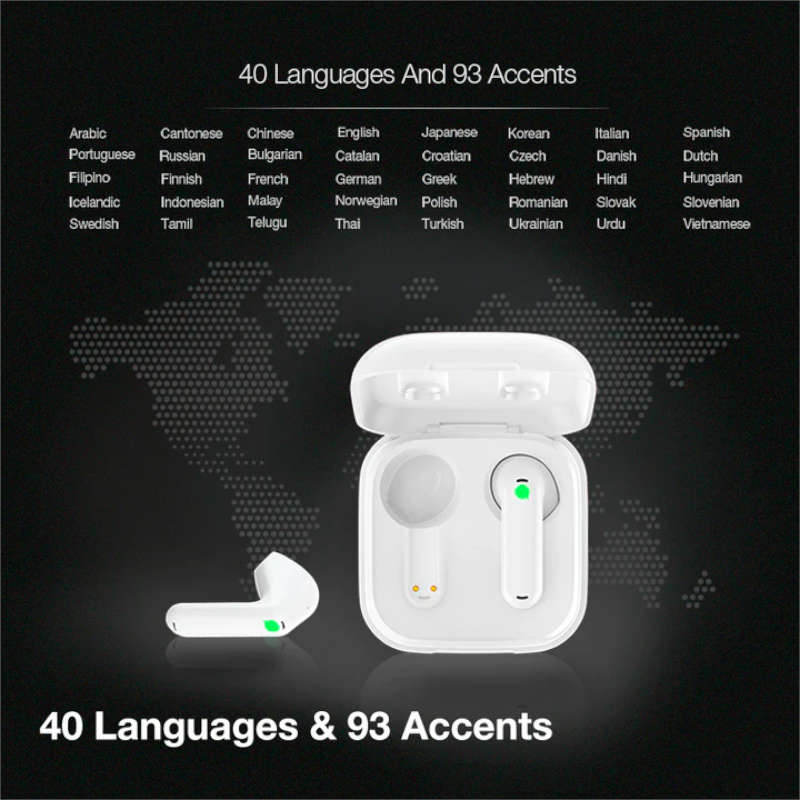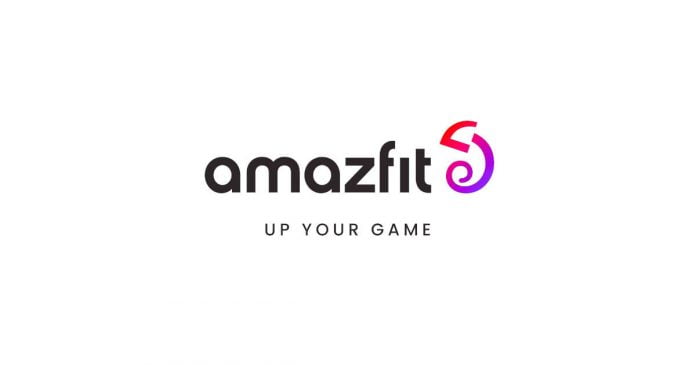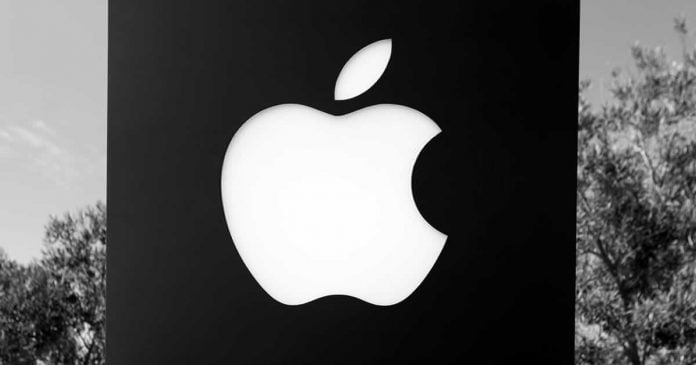Due to the advancement of AI and ML technology, the field of software and mobile app development is evolving at a rapid speed. As an entrepreneur, if you are looking to develop an AI-based software application, then you might be wondering which types of AI software solutions can be developed.
To help you out, we have this blog post that describes the different types of AI-based applications that can be developed. As you know, integrating OpenAI technology can help you to streamlines operations and improve productivity within your business.
As a leading AI development company, we know the core types of applications that can be developed and integrated into existing systems. In this blog, let’s look at the different categories that can be used to create OpenAI-based applications.
Let’s first understand the meaning of OpenAI technology.
What is OpenAI Technology?
OpenAI is an artificial intelligence research laboratory founded by a group of entrepreneurs and engineers in the field. The OpenAI laboratory was founded in 2015. The main investors and engineers are Samuel H. Altman and Elon Musk. The goal of OpenAI technology is to improve the life of people in the world.
This OpenAI technology is developed with a range of technologies, such as natural language processing, computer vision, robotics, and machine learning algorithm. Let’s learn about the top five best software solutions that can be developed using OpenAI technology.
5 Best Types of AI Software Solutions Development
Natural Language Processing (NLP) Applications
With the use of OpenAI NLP technology, you can develop chatbots, virtual assistants, and conversational interfaces that can understand human language and provides responses to the natural language inputs. The NLP-based applications can be used in various industries, such as customer service, healthcare, and finance, to provide quick and personalized responses to your customer’s queries.
NLP-based applications are used to develop language translation tools that translate text from one language to another. This way, it becomes easy for you to communicate with your customers around the world. Let’s know why to develop an NLP-based application.
Why Develop NLP Applications?
With NLP-based applications, you can improve your customer services by providing fast, accurate, and personalized responses to customers’ queries. You can reduce the workload of your customer service representatives.
This way, you can increase focus on more complex tasks of your business. Moreover, language translation tools can help you to expand your reach and tap into the new markets of your business.
Recommendation Systems
Using OpenAI’s technology, you can build recommendation systems that provide suggestions of products, services, and content based on your customer’s preferences and behaviour. Recommendation systems can be useful in eCommerce, content streaming, transportation, logistics, education, and healthcare industries.
Implementing recommendation systems helps you to improve your customer experiences, increase revenue, and improve the overall satisfaction of your business. In addition, recommendation systems can also be used in industries such as finance and healthcare to provide personalized recommendations to customers or patients.
Why Develop Recommendation Systems?
Improve customer experience by providing personalized suggestions using a recommendation system. With the help of OpenAI technology, you can increase revenue by encouraging customers to purchase products and services from your business. In short, to improve your overall business from the customer’s point of view, integrating recommendation systems could be very helpful.
Predictive Analytics
If you are dealing with finance, healthcare, or marketing industries, you probably need to deal with a large amount of data. With the use of the manual process, analyzing a large amount of data could be hard difficult.
This is where using OpenAI’s models can help to analyze a large amount of data easily and make predictions about your future events and trends. Developing predictive analytics can be useful for industries, such as healthcare, marketing, and finance. This way, getting accurate predictions can help business to make better decisions.
Why Develop Predictive Analytics?
Predictive analytics help you make better decisions by providing accurate predictions about future events or trends. In industries, such as finance and healthcare, predictive analytics can help businesses provide personalized advice to their customers or patients. In manufacturing and logistics, predictive analytics can help businesses optimize their supply chain management, reducing costs and improving efficiency.
Computer Vision Applications
Develop applications that can recognize and interpret images and videos, such as autonomous vehicles, security systems, and medical imaging analysis tools. These applications can help businesses automate tasks, reduce errors, and improve safety for your business.
Why Develop Computer Vision Applications?
Computer vision applications can help you to automate tasks, reduce errors, and improve safety. For instance, autonomous vehicles can improve transportation efficiency and reduce accidents. Paralley, helps you to improve building safety and reduce crime rates with the use of security systems. In addition, medical imaging analysis tools can improve diagnostic accuracy and speed up treatment processes.
Robotics
With the use of OpenAI technology, develop intelligent robots to perform a variety of tasks, such as warehouse automation, manufacturing, and healthcare. These AI-based robots can use computer vision and other AI technologies to navigate their environment, interact with humans, and complete tasks autonomously.
Why Develop Robotics?
Robotics helps you automate tasks and reduce labour costs by improving efficiency and accuracy. For example, robots are used in manufacturing to perform repetitive tasks and increase production speed. And, if used in healthcare, then robots can assist with patient care and provide physical therapy. In addition, robotics can be used in agriculture to improve crop harvesting and reduce waste.
Conclusion
OpenAI technology offers a wide range of opportunities for businesses to develop innovative software solutions.
Depending on your business requirements, you can opt for a different type of AI-based software solution development. By leveraging OpenAI’s advanced technologies, you can streamline your business processes, reduce costs, and improve customer experiences.
With the increasing demand for AI-powered software solutions, it’s no wonder that OpenAI is becoming an essential tool for developers across various industries, such as healthcare, finance, transportation, and logistics.











